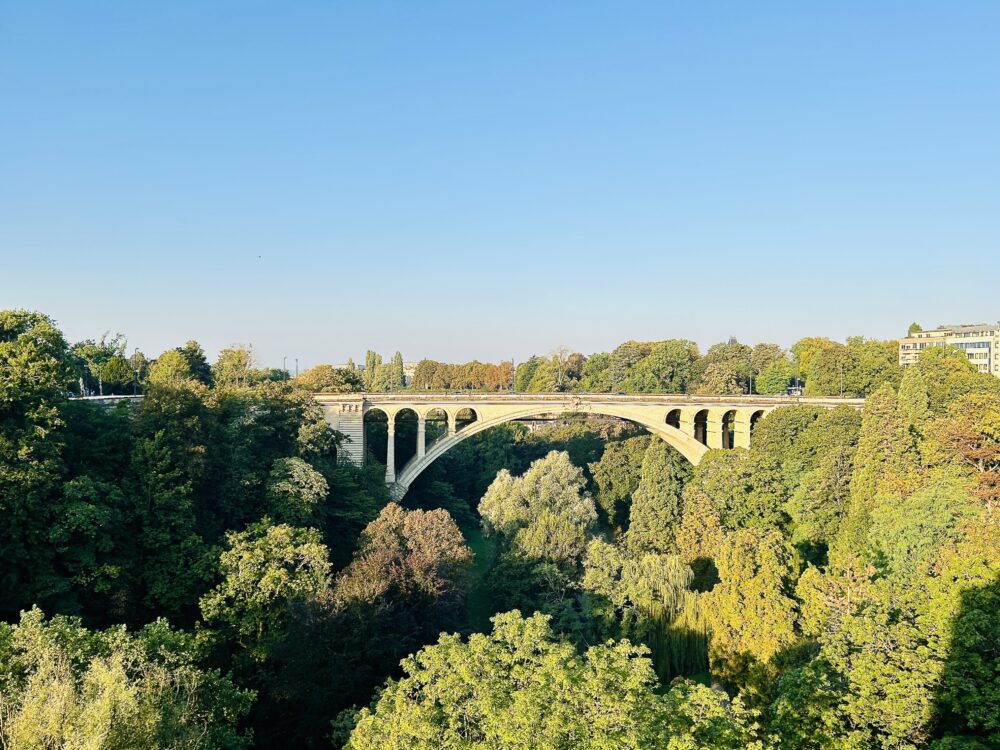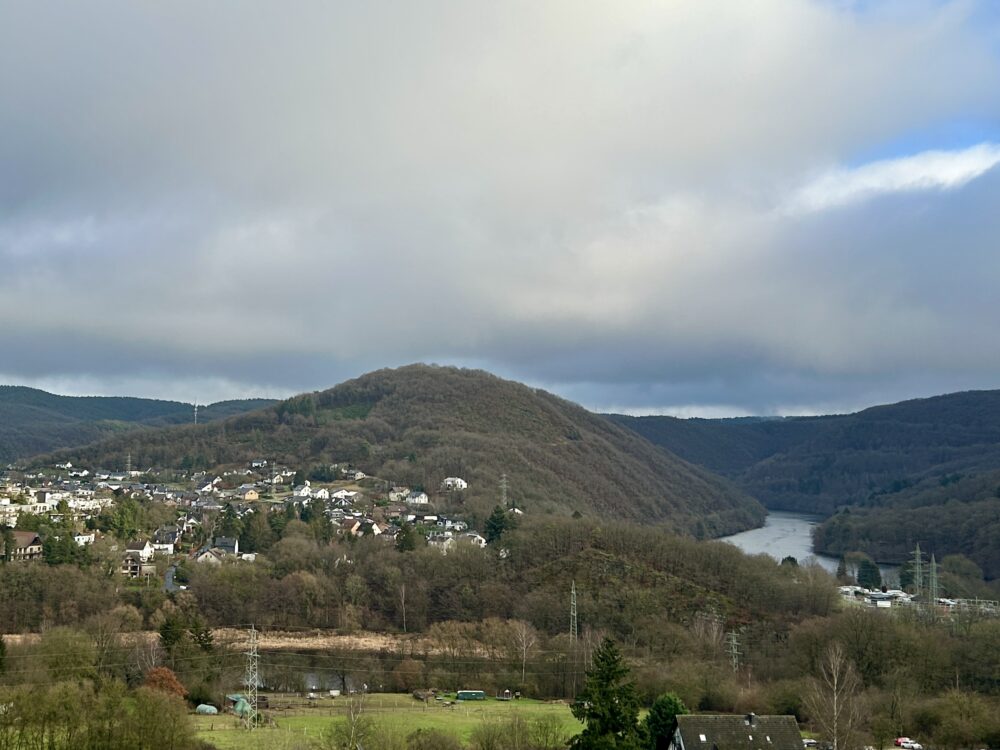Spanning the picturesque Pétrusse Valley, the Adolphe Bridge, also known as Pont Adolphe, stands as a testament to Luxembourg’s rich history and architectural prowess. This iconic structure, inaugurated in 1903, was named after Grand Duke Adolphe, who reigned Luxembourg from 1890 to 1905. Designed by the French engineer Paul Séjourné and the Luxembourger Albert Rodange, the bridge was a groundbreaking achievement at the time, boasting the largest stone arch in the world.
The Adolphe Bridge quickly became a vital artery for the city, linking the Boulevard Royal in Ville Haute with the Avenue de la Liberté on the Bourbon Plateau. Its impressive double-decked design, with a span of 84.65 metres and a total length of 153 metres, has made it a beloved landmark and a symbol of Luxembourg’s independence and innovation.
In recent years, the Adolphe Bridge underwent a significant renovation to meet the demands of modern urban life while preserving its historical integrity. One of the most notable additions is the new bicycle path suspended beneath the bridge. This four-metre-wide path, designed by local studio CBA Architects, provides a dedicated bidirectional route for cyclists and pedestrians, enhancing connectivity between the historic city centre and the Plateau Bourbon. The innovative design, described as a “well-controlled spider’s web,” ensures minimal visual impact on the bridge’s historic structure while offering stunning views of the Pétrusse Valley.
The renovation also included the integration of a tram line on the upper deck of the bridge. Since December 2020, the bridge has carried bidirectional tram traffic, significantly improving public transport links within the city. This modernisation effort reflects Luxembourg’s commitment to sustainable urban development and its dedication to maintaining the bridge’s role as a crucial transport link.
The Adolphe Bridge’s importance extends beyond its architectural and engineering significance. It serves as a vital connection over the Pétrusse Valley, facilitating the flow of traffic and pedestrians between key areas of Luxembourg City. The bridge’s strategic location and robust design have made it an indispensable part of the city’s infrastructure, supporting both daily commutes and the vibrant cultural life of the capital.
#LuxembourgLandmarks #HistoricBridges #UrbanRenewal #CyclingLuxembourg #TramLife













